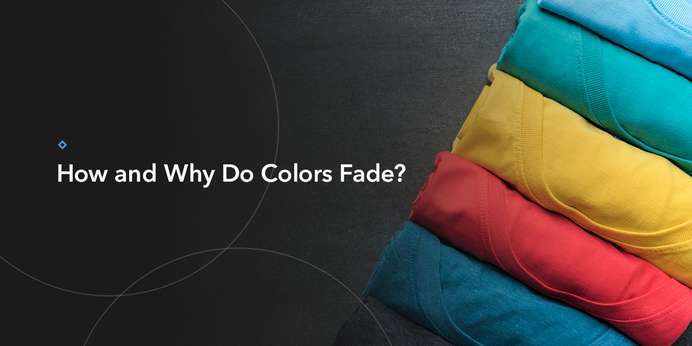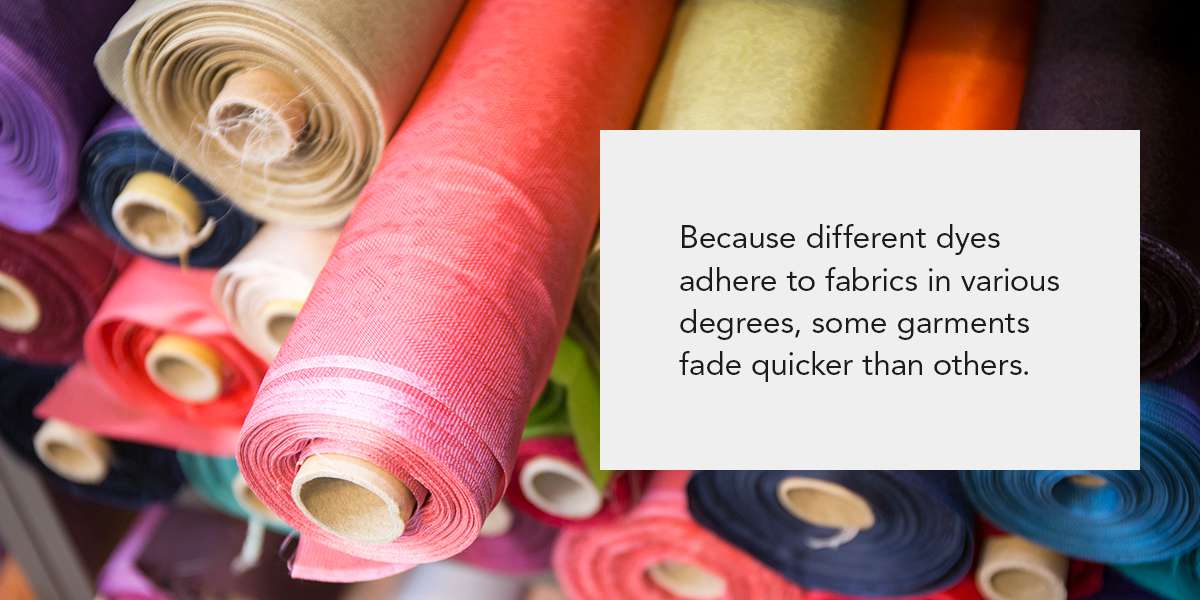
Color fading is part of our everyday lives, from the pigment in our skin to the color of our clothes to the hues in plant leaves. Many factors cause a specific color to fade, including the type of fiber or material and its exposure to certain elements. When people consider color fading, garment fading typically jumps to the top of the list because it’s often controllable or avoidable entirely.
What Is Garment Color Fading?
Color fading occurs in garments when the material’s pigment loses attraction to the actual garment. Clothing manufacturers use pigments and dyes to create a garment’s color. The dying procedure involves a chemical process where the dye becomes part of the fabric.
Pigmenting is a process that involves applying a layer of color over a fabric’s strands. When manufacturing clothing, pigmenting is the most common method of coloring material. While color fading can occur in either dyed or pigmented garments, it’s most likely to happen with pigmented products.


